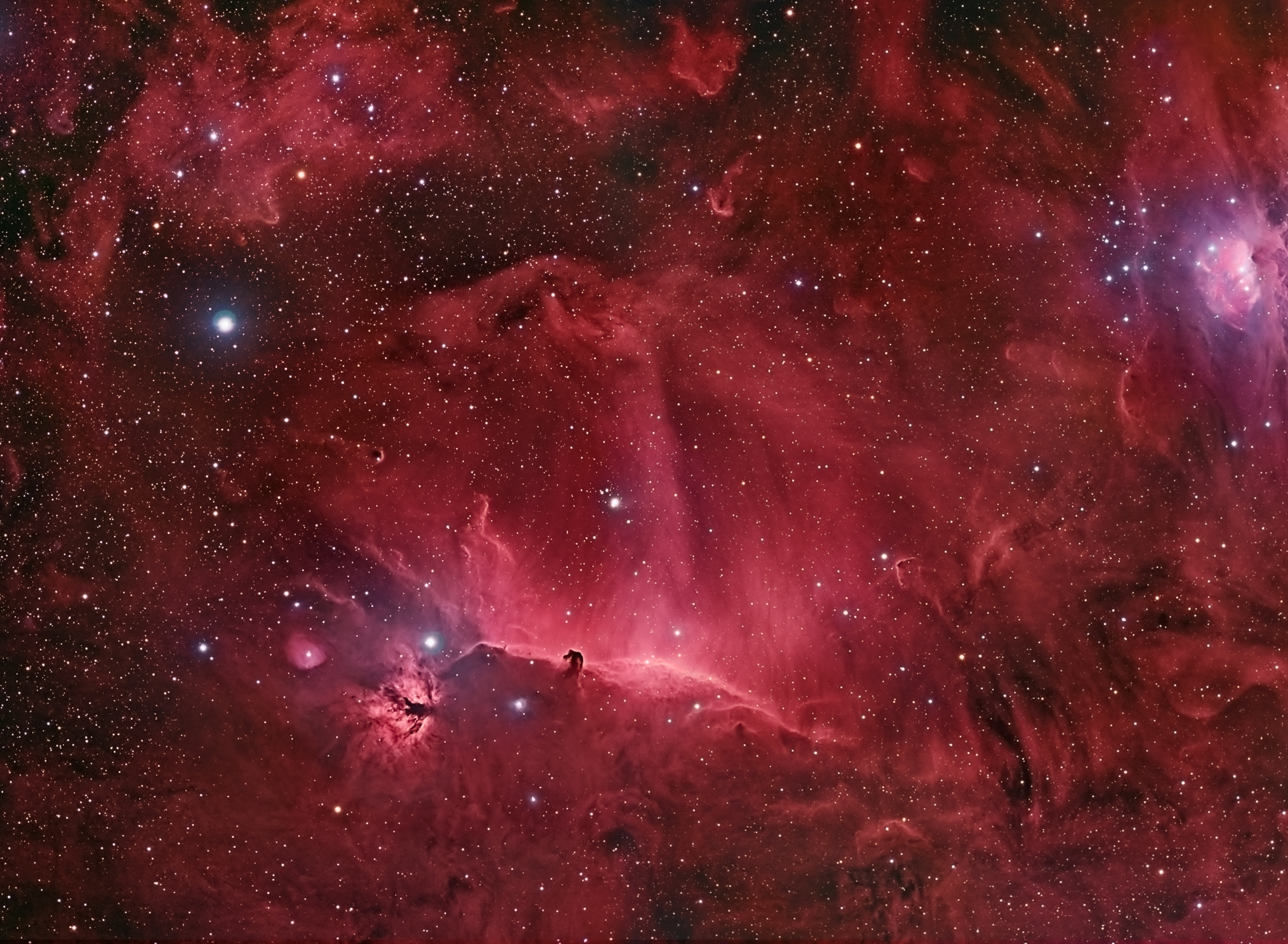 |
| Earth's Shadow and the Belt of Venus |
While waiting for the sky to darken, especially when I am at a star party, I like to point out the many subtle changes in the night sky that unfold from the moment of sunset to the end of dusk. One of my favorites is the phenomenon known as the Belt of Venus, a beautiful pink and blue band that stretches along the horizon exactly opposite the point of sunset or sunrise.
Most of the time I see this phenomenon in the evening, since that is when I am most often focused on the sky while it transitions from light to dark and the star gazing begins. Of course, the reverse effect is plainly visible in the morning just before sunrise, and all of the elements of the effect move in reverse. Recently I had an unusual experience with the morning version of this phenomenon, and it was accented by the Moon.
In January, while driving to work early in the morning, I was particularly captivated by the setting Full Moon. The previous night was the exact time of the Full Moon, so as I left home shortly before sunrise, the bright Moon was just setting to my right in the clear western sky as drove south along the
Great Highway in San Francisco, directly on the coast. During the 8 or 10 minutes I was driving along the coast, the Moon was quickly dropping low on the western horizon, minutes away from setting. I could clearly see the Belt of Venus emerge, as the dark shadow of Earth became more and more distinct low on the horizon. The specific thing that fascinated me was that the Moon itself, as it set, appeared to be “pulling” the band of darkness with it. The lower the Moon, the lower the dark shadow band on the horizon.
This image from Jeff Sullivan captures the situation perfectly.
The technical underpinning for this sight was that a Full Moon is precisely opposite the Sun, and the Full Moon, a few hours after the exact moment of fullness, appears directly in the dark shadow band of the Earth and not above it – otherwise it would not be a Full Moon. And if this happened during an
Eclipse Season,
the Moon would be encapsulated by the distant shadow of the Earth and would itself be darkened, along with the atmosphere around its position in the sky. The morning I observed this in January was not at a time of eclipse, but nonetheless the Moon was decidedly well placed in the shadow band of Earth, and as it slipped below the horizon, the dark shadow set, and the pink belt faded, and minutes later the Sun peeked up above the horizon. What a lovely view that was, indeed, appearing as if the Moon was pulling the dark band with it, but in fact, the Moon was simply in lock step with the shadow, inseparable at that particular point in its ever-so-slightly-post full phase.
The subtle changes in the dusk and dawn sky are marvelous, but this phenomenon, the Belt of Venus, is particularly subtle because most people like to see the sunset or sunrise, and rarely turn around to look at the other horizon. Next time you get a chance, look, and you’ll be pleasantly surprised, particularly if you witness it at a Full Moon with a crystal clear horizon.
Here are two excellent articles about the Belt of Venus by astronomers I respect:
Tony Flanders of Sky & Telescope.
Phil Plait of Bad Astronomy on Slate
Image courtesy Wikimedia Commons.
 I had the pleasure of spending time with Tony and his family while on an eclipse expedition several years ago, and I really liked how he could balance the far ends of the spectrum of observational astronomy and astrophysics. He has been creating SkyWeek episodes for about one and a half years, and I hope he continues for a long time into the future. The show is carried on many PBS affiliates, adding considerable depth to the quality educational lineup available on public television.
I had the pleasure of spending time with Tony and his family while on an eclipse expedition several years ago, and I really liked how he could balance the far ends of the spectrum of observational astronomy and astrophysics. He has been creating SkyWeek episodes for about one and a half years, and I hope he continues for a long time into the future. The show is carried on many PBS affiliates, adding considerable depth to the quality educational lineup available on public television.










